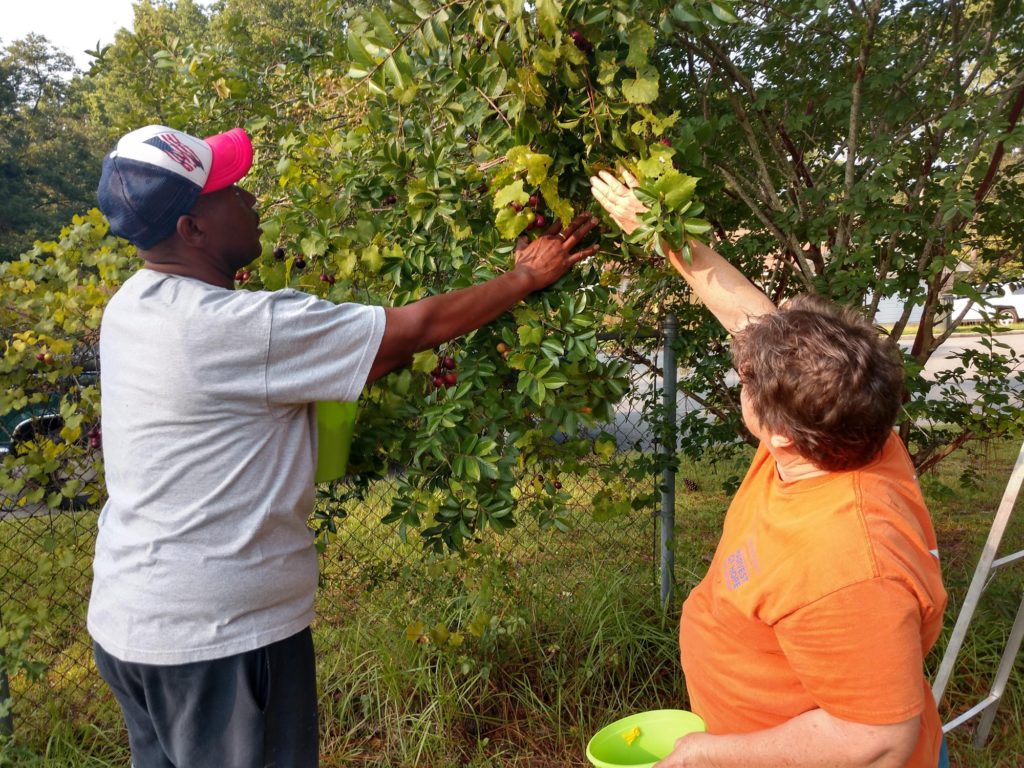How Can We Help?
A Donation of Culls with SoSA Georgia

A Donation of Culls
Before opening the second location in the metro area, much of the donated produce in Tifton came from warehouse culls. This is similarly simple to a market recovery, because it has already been harvested and just needs the planning and volunteers to pick up and distribute it out.
What is considered a cull? Culls are produce that have already been harvested but have been rejected for reasons such as: bruises, blemishes, size, or shape. Culls are leftover produce that are not going to sell in grocery stores or be appealing to a shopping consumer. Another way to receive culls is through CSA programs, when people forget to pick up their weekly/monthly produce basket. These baskets contain less produce than a warehouse cull, but are still worth pursuing as a donation.
Planning a gleaning around culls is similar to gleaning produce from the market. The farmer/manger will call you typically last minute, since it’s at the end of their process of going through all the produce before shipping out. When picking up culls they generally will already be in a bin provided by the warehouse due to the large quantity and they sort those “bad” ones right into them. Already food safe and in proper bins, the next step it just getting the receiving agencies to take the produce and finding a volunteer who is capable of transporting such a large amount. Someone with a trailer is ideal for this job.
Although most culls recovered in Georgia have been in the southern part at larger commercial farms, they can come from anyone who is farming. Recently, SoSA formed a relationship with an organic small-scale farmer in North Georgia. Buckeye Creek Farm has never worked with a gleaning organization and was excited to hear about the work that is trying to be accomplished throughout her state. She had reached out to the VISTA and regional director explaining that she had organic corn that was undeveloped. She had already harvested them, and saw after sorting that they weren’t fully grown. With that connection SoSA was able to organize a meet up for the produce pick up and was able to distribute them back into her Grove Park community. The most important steps when coordinating a gleaning for culls are:
• Find out what type of produce and roughly about how much
• Call receiving agencies and ask if they are able to take a certain amount
• Find 1- 4 volunteers, especially ones with proper transportation
• Record total pounds (either before at warehouse or while delivering)
While most agencies will be grateful of the donation, make sure to ask if they need it and have the space to take it in. It’s better to have multiple deliveries to places to ensure the food is not going to be wasted through a single, overwhelmed recipient organization.


